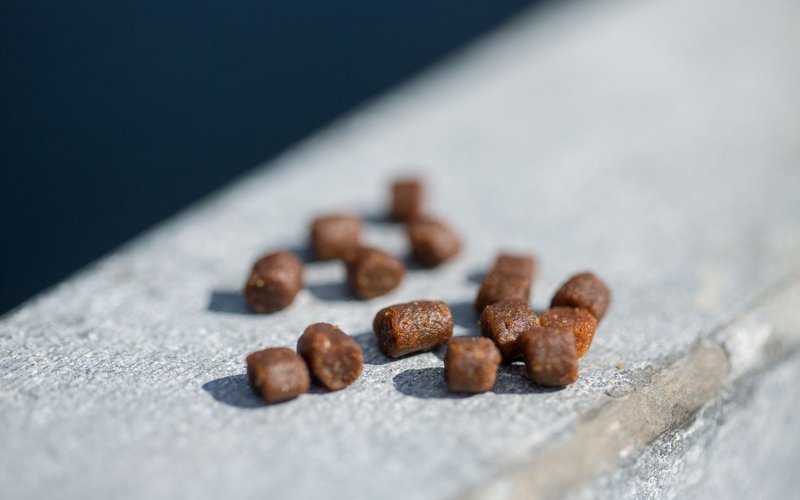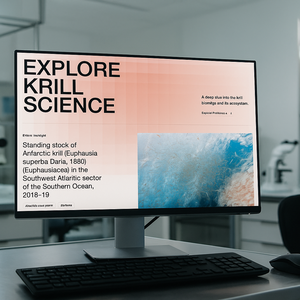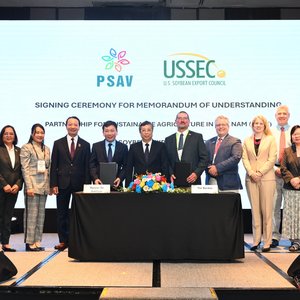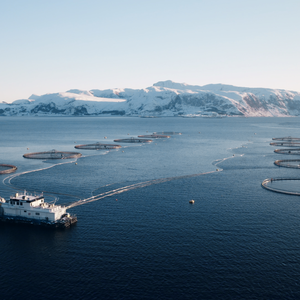In a new study, researchers from the Norwegian Institute of Marine Research examined commercial salmon feed for residues of 160 different pesticides from plant-based ingredients. Researchers found residues of seven different substances, with pirimiphos-methyl and chloropyrifos-methyl found in most quantities.
“We saw that the pesticides disturbed the stability of the cell membranes in the salmon and led to an imbalance in the cell membrane fatty acids,” said researcher Marc Berntssen. If the cell membrane changes, it can have consequences for the most important processes in the salmon and it can cause damage to organs. Disruption of the cell membrane in the salmon's liver led to storing less fat in the liver and muscle, reducing growth and liver damage.
The pesticides that the researchers studied are neurotoxins that are supposed to kill insects by paralyzing the nerve enzymes in the insects. This effect was not seen by the researchers in the salmon with the levels found in fish feed, but the effects on cell membranes and fat storage occurred at residual levels that can be found in today's salmon feed.
“A lot of studies have been done on pesticides and terrestrial animals, and no similar effects have been found there. This shows that salmon are more sensitive to these pesticides than land animals,” said Berntssen.
In the experiments, researchers were able to investigate mechanisms in the cells that can be affected by the pesticide at the same time. Using risk models and methods from European Food Safety Authority, researchers also established levels that do not harm the salmon. “We saw that the limit for what can be considered safe for the fish was lower than the highest levels we have found in commercial fish feed,” said Berntssen.
The investigated pesticides are easily degradable and researchers also investigated how much pesticide and its degradation products are present in the edible part of the fish. They created a new analysis method that can identify all possible degradation products of pesticides in salmon. They then created a transfer model that can predict how much of the pesticide and all the degradation products end up in the salmon fillet, based on analyzed levels in the fish feed.
“We saw that there are small amounts that are transferred from the feed to the fillet, but this was much lower than the upper limit that exists for other food products. This means that it is not a problem for food safety,” said Berntssen.
Check out the study here.













